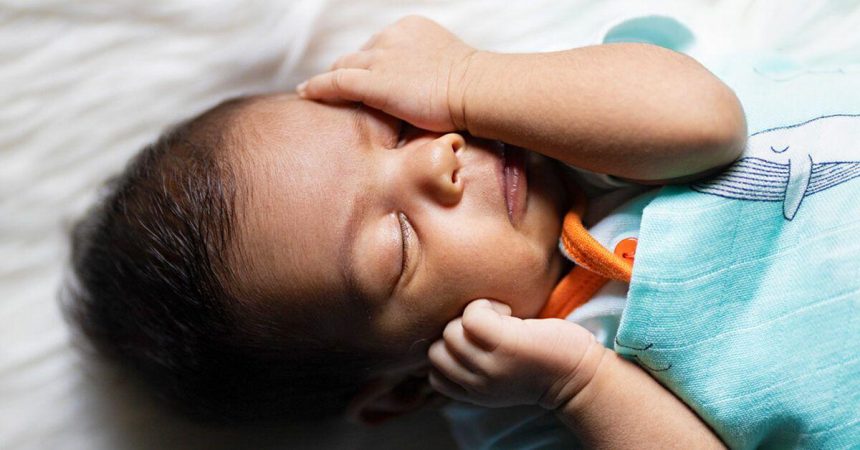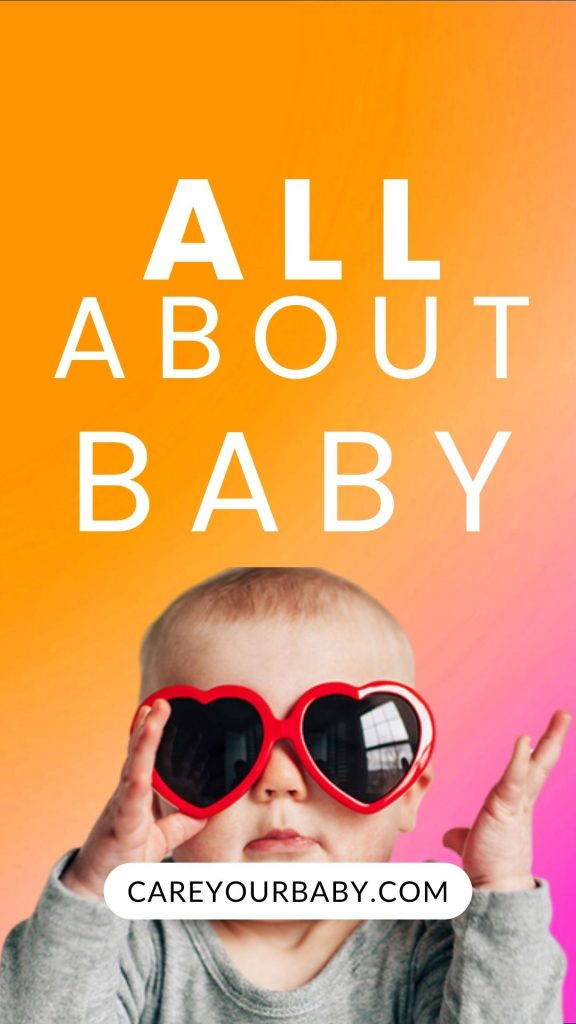Introduction
The early months of a baby’s life are critical for their emotional, cognitive, and physical development. At two months old, infants are beginning to engage with the world around them, displaying emerging social smiles and improved sensory awareness. This stage presents a unique opportunity for caregivers to foster healthy developmental trajectories through meaningful interaction. Engaging play is not merely a source of entertainment for infants; it serves as a foundational element in their growth, promoting bonding and stimulating essential skills. This article explores a variety of fun and developmentally beneficial activities that caregivers can employ to enrich the play experience for a two-month-old baby. By understanding the significance of play during this formative period, caregivers can cultivate an environment that nurtures their child’s holistic development, laying the groundwork for future learning and interaction.
Engaging the Senses: Activities to Stimulate Visual and Auditory Development
Stimulating a baby’s visual development can be achieved through simple yet effective activities that captivate their attention. **High-contrast images** are particularly beneficial at this stage since newborns are more responsive to bold patterns and colors. Consider using black-and-white objects or toys designed specifically to draw their gaze. Hanging these items above the crib or play mat can encourage visual tracking as your baby follows their movement. Additionally, **mirrors** can be fascinating for infants; they not only reflect their image but also provide a sense of self-awareness and curiosity about their surroundings.
To enhance auditory development, incorporating a variety of **sounds** and **music** can create a multi-sensory experience. Soft lullabies or classical music can soothe and engage your baby, while gentle rattles or toys that produce sound can stimulate their auditory senses. Speaking in a range of tones and pitches, using **musical instruments** like maracas or bells, or even **reading aloud** can further enrich this experience. Creating a simple **sound table** to showcase different objects can also help introduce your baby to a world of auditory exploration, enhancing their ability to discern sounds and recognize familiar voices.
| Activity | Developmental Benefit |
|---|---|
| High-contrast toys | Improves visual tracking skills |
| Mirrors | Encourages self-recognition and curiosity |
| Soft lullabies | Soothes and engages auditory senses |
| Reading aloud | Enhances language recognition and sound discernment |
Promoting Motor Skills: Safe Play Techniques for Encouraging Movement
Engaging a two-month-old in play is essential for promoting developmental milestones, particularly in enhancing their motor skills. At this age, infants are beginning to gain control over their movements, making it the perfect time to introduce activities that encourage exploration. Parents can facilitate this by incorporating safe and stimulating play techniques that align with the baby’s natural reflexes and curiosities. Some effective methods include:
- Tummy Time: Placing the baby on their stomach helps strengthen neck and shoulder muscles, paving the way for crawling.
- Gentle Leg Kicking: Laying the baby on their back and gently encouraging them to kick their legs can promote coordination.
- Visual Stimulation: Using brightly colored toys within the baby’s reach can entice reaching and grasping movements.
Moreover, careful attention to the environment is vital to ensure safety while encouraging movement. A soft, open area free of sharp objects allows the baby to explore without the risk of injury. It’s also beneficial to incorporate interactive toys designed to stimulate sensory response, such as rattles or soft blocks. Consider the following table for a quick reference on suitable toys and their benefits:
| Toy Type | Benefits |
|---|---|
| Soft Rattles | Encourages grasping and auditory exploration. |
| Colorful Teething Rings | Promotes hand-eye coordination and oral exploration. |
| Activity Gyms | Stimulates visual tracking and reaching movements. |
Fostering Bonding: The Role of Interaction in Early Emotional Development
Creating a secure emotional foundation in the early stages of a child’s life is paramount for their overall development. Interaction through play is not merely an enjoyable pastime; it serves as a vital opportunity for bonding between caregiver and child. At two months old, infants are beginning to engage with their surroundings, and playful interactions can significantly enhance their emotional connectivity. By incorporating simple yet effective activities, caregivers can encourage this early engagement, facilitating a sense of trust and security that is crucial for the infant’s emotional growth.
Activities designed for infants should focus on sensory stimulation and responsive interaction. Some effective ways to play with a two-month-old include:
- Face-to-Face Time: Hold your baby close and make different facial expressions; this encourages recognition and emotional response.
- Gentle Tummy Time: Laying the baby on their stomach for short intervals helps strengthen muscles while promoting interaction.
- Colorful Mobile Displays: Hang a mobile above the crib; bright colors capture their gaze and encourage visual tracking.
- Singing and Talking: Use different tones and pitches while singing nursery rhymes or talking to your baby; this allows for auditory engagement and emotional connection.
It is essential to remember that every interaction counts. Caregivers should aim for consistency in their playful engagements to foster a secure emotional bond. The effectiveness of these activities can be gauged through the infant’s responses, such as cooing, smiling, or looking attentively. Keeping a routine that incorporates these playful moments, not only enriches the child’s immediate experience but also lays the groundwork for healthy emotional development in the years to come.
Incorporating Routine: How Structured Play Supports Growth and Learning
Establishing a routine for playtime with your two-month-old baby not only creates a sense of security but also fosters essential developmental milestones. Structured playtime provides opportunities for exploration while also instilling predictability in your baby’s daily life. By incorporating **consistent activities** every day, you can help your infant adapt to different types of sensory experiences. Engaging them in activities such as **gentle tummy time**, **soft toy interactions**, and **visual tracking games** can significantly enhance their motor skills and cognitive development.
To ensure that your play sessions are both enjoyable and educational, consider the following **play ideas** that can easily fit into your daily routine:
- Tummy Time: Encourage your baby to strengthen their neck and shoulder muscles.
- Visual Stimulation: Use colorful, high-contrast toys to captivate their attention.
- Massage: Gently massaging your baby can promote bonding while also stimulating their senses.
- Sound Exploration: Introduce soft rattles or musical toys to enhance auditory skills.
| Activity | Duration | Benefits |
|---|---|---|
| Tummy Time | 5-10 min | Strengthens back and neck muscles |
| Visual Tracking | 5 min | Enhances eye coordination |
| Gentle Massage | 10 min | Promotes relaxation and bonding |
| Sound Play | 5-10 min | Stimulates auditory development |
Insights and Conclusions
engaging with a two-month-old baby through play is not merely an enjoyable pastime; it is a fundamental aspect of their cognitive, emotional, and physical development. The activities outlined in this article provide caregivers with accessible and effective ways to stimulate their infant’s senses and foster early learning. As infants respond to various stimuli, they begin to build essential neural connections that will serve as the foundation for future growth and exploration. By adopting a mindful approach to play, caregivers not only enhance their child’s developmental trajectory but also strengthen the caregiver-infant bond, promoting a secure attachment essential for social and emotional well-being. As we continue to understand the profound impact of early interactions, it is imperative that caregivers embrace these simple yet significant strategies to create enriching environments that nurture curiosity and learning from the very start.


